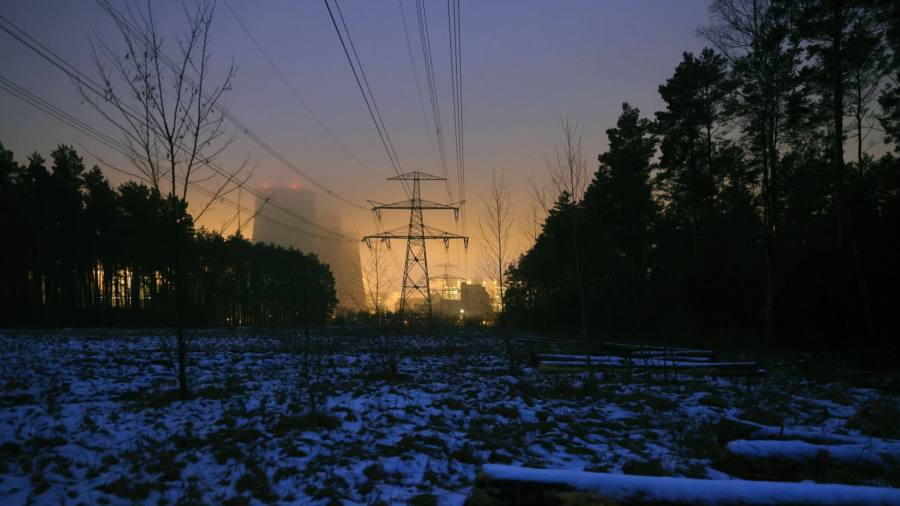The EU burned less coal this winter during the energy crisis than in previous years, according to an analysis, quashing fears that consumption of the most polluting fossil fuel would soar as countries scrambled to find substitutes for lost supplies of Russian gas.
The study from energy think-tank Ember shows that between October 2022 and March 2023 coal generation fell 27 terawatt hours, or almost 11 per cent year on year, while gas generation fell 38 terawatt hours, as consumers cut electricity consumption in response to soaring prices.
Renewable energy supplies also rose, with combined wind, solar and hydroelectric output outstripping fossil fuel generation for the first time, providing 40 per cent of all electricity supplies. The Financial Times checked Ember’s findings with the International Energy Agency, which said they broadly matched its own preliminary analysis of Europe’s electricity generation over the winter.
The study demonstrates that fears of a steep rebound in coal usage in Europe’s power mix were overstated, despite the continent’s worst energy crisis in 40 years following Russia’s full-scale invasion of Ukraine.
While Russia slashed gas supplies to Europe and succeeded in boosting energy prices for consumers to record levels, the push by governments to rejuvenate old coal plants to ensure the lights stayed on ultimately did not lead to increased consumption.
“With Europe successfully on the other side of this winter and major supply disruptions avoided, it is clear the threatened coal comeback did not materialise,” analysts at Ember said in the report.
“With fossil fuel generation down, EU power sector emissions during winter were the lowest they have ever been.”
Ember cautioned, however, that Europe had been assisted by a mild winter that helped cut electricity demand for heating and there was no guarantee of such weather next winter. Companies and households had also endured a lot of pain as a result of the higher prices that had led them to cut consumption.
Total electricity consumption between October and March declined 94 terawatt hours, or 7 per cent, compared with the same period in winter 2021/22.
“For a lot of people this winter was really hard with prices that were extraordinarily high and we shouldn’t lose sight of that,” said Ember analyst Harriet Fox.
“But we can’t rely on next winter playing out in exactly the same way and Europe needs to take action now — including continuing to push energy efficiency measure and accelerating the roll out of renewables.”
The drop in coal was not uniform across countries in the EU. Germany and Poland saw the biggest year-on-year decrease in coal use, but three countries — Italy, Finland and Hungary — all saw increases. Italy’s coal use rose more than a quarter, according to Ember.
Nuclear generation was also down sharply owing primarily to maintenance problems at France’s fleet of power plants.
Fox said that the long-term benefit of the energy crisis was that countries were becoming more confident in the ability of cleaner forms of energy including renewables to provide security of supply.
Wind and solar generation rose 18 terawatt hours year on year over the winter months, an increase of 6 per cent, with the potential for similar amounts to be added to the grid over the next 12 months.
“People will look back to 2022 and 2023 and see it as the time that renewables really started to fly,” Fox said. “Governments are waking up to the fact that we can’t rely on fossil fuels, and renewables can form the majority of our energy system.”
Read the full article here




